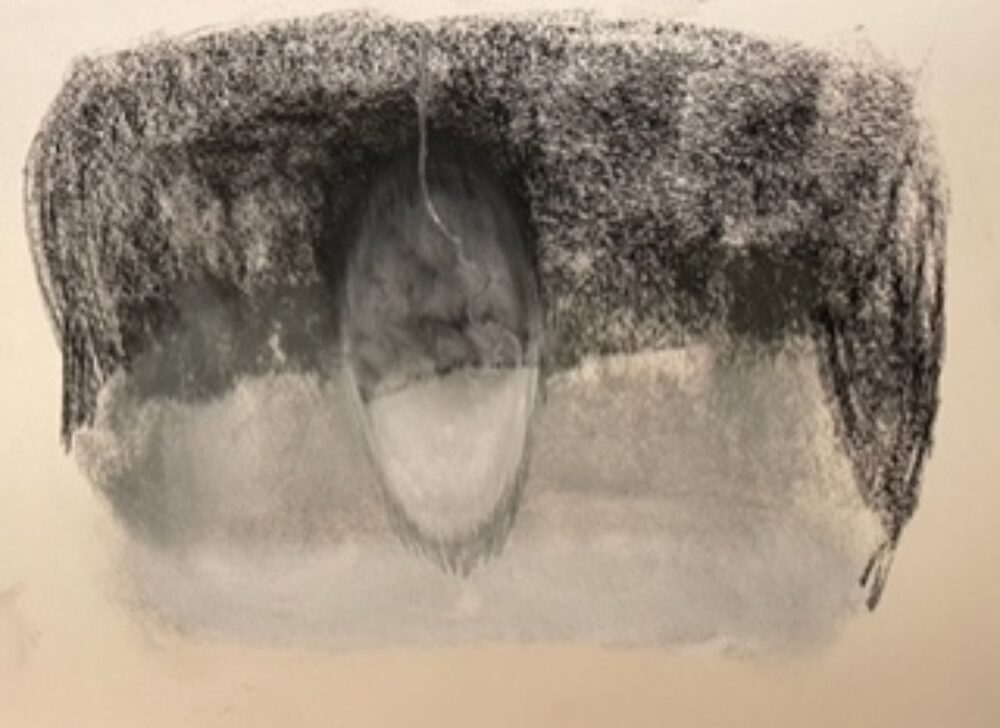If “race” isn’t in the genes, where is it?
In 2016, thanks to the biological sciences, there were an estimated 15.5 million cancer survivors in the United States. When your pancreas turns on you, the science of biology and the doctors who implement the science may come to your rescue. For this modern biology “race” does not exist. Race is not a “natural” category. This is a fully “rational” conclusion based on modern genomics.
I am not a science writer so I am not going to summarize modern genomics. What I will do is leave you with a few little known facts courtesy of modern biology. What most of us think about “race” is a mash up of decades old Mendelian genetics and the mythology of “blood relatedness”.
Lets start with “blood”, the fluid. There are antigens on red blood cells that determine how blood may be safely shared. There are 8 blood types, 36 human blood system types and 364 antigens that factor into the compatibility of blood for transfusions. Most people are aware that these “blood types” are inherited. But “inherited” does not mean that a person has the same blood type as either of their parents. A mother and child’s blood type can not only be different but incompatible. The 8 human blood types have a wide and varied distribution across populations of people. There is no correlation between blood types and “racial” classifications. Furthermore, blood types are not an immutable gift from one’s ancestors. Disease and medical interventions can change a person’s blood type.
Lets’s move on to genetic “relatedness:
- Our notions of how we are related to people are not supported by science. A pair of siblings may share as much as 61.7% of their DNA, or as little as 37.4%. You may share more DNA with a cousin than with your sibling. You may share more DNA with a stranger on the bus with you than with someone you know to be a blood “relative”.
- Some third cousins (“blood relatives”) share no DNA whatsoever.
- As a living organism you have your own DNA. But you may also have within you the DNA of another organism. Fetal cells can get into a mother’s body and remain. The reverse is also true. This is microchimerism; a single organism harboring a small number of cells from another individual. Hence, you may have acquired an older sibling’s DNA as well as that of your parents.
- Viruses move DNA back and forth between cells. Part of your DNA is actually viral DNA from retroviruses that originated outside your bodily envelope. This is called “horizontal inheritance”. As much as 8% of your personal genome is comprised of horizontally inherited DNA. No parents were involved.
- A gene is a stretch of DNA that encodes information but genes are not destiny. How each gene is “expressed” can affect an organism’s environment thus allowing for the inter-generational transmission of trauma effects. Trauma experienced by your great grandparents may still be playing out in your and your offspring’s genomes. Dutch famine survivors being the most notable example.
- Huge studies of people who trace their descent to one of the five continents have shown that there is less than 5% variability in the genetic inheritance between these groups …and NONE of that variability is associated with the superficial phenotypic indicators of “race”. There is more genetic variability between you and your sibling than there is between historic populations of humans.
- There are no single “genes for” visible (phenotypic) characteristics. For example, not only is there no “gene for” height, but biologists have determined that nearly two million genetic variants are involved in a person’s height.
- There is no denying biological inheritance but what we inherit is not a shared essence or an “identity” but rather a statistically complex and partially random distribution of genetic information.
“Race” is conjured by up by racial thinking…not the other way around. More on that in the next post.
